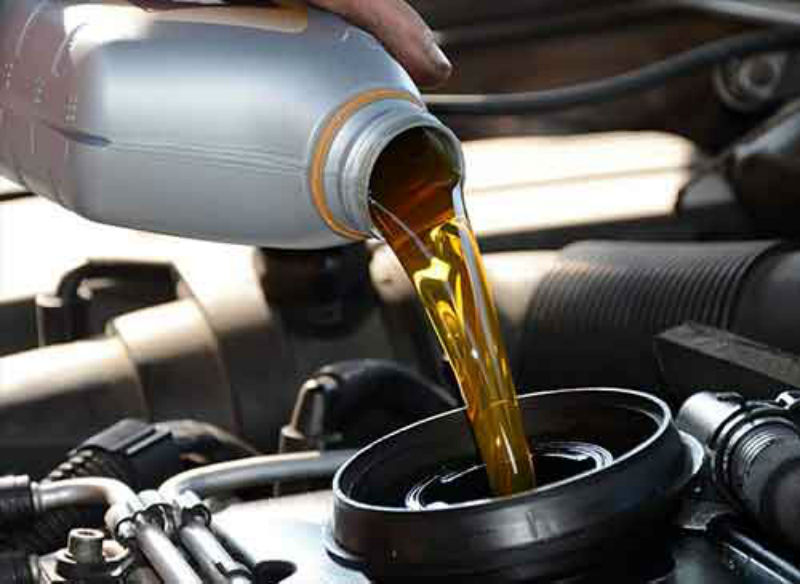Lubrication


The engine lubrication system is designed to distribute oil to the moving parts to reduce friction between surfaces. Lubrication plays a key role in the life expectancy of an automotive engine.
Oil Filter
The engine's oil pump moves the oil directly to the filter, where it enters from the holes in the perimeter of the base plate. The dirty oil is passed (pushed under pressure) through the filter media and back through the central hole, where it re-enters the engine. The oil fling dispersed by the rotating crankshaft lubricates the cylinder walls and piston-pin bearings.


Oil Pump
A car’s oil pump is needed to make sure the engine oil reaches all moving parts that require lubrication during an engine’s operation. Most modern engines have a wet sump (a reservoir of oil beneath the crank shaft), which is where the oil pump is installed. Oil is supplied to the pump via the oil filter, which catches any stray particles, such as swarf, which would damage the pump.
From the pump, the oil travels around the engine via channels, grooves and holes to lubricate the cam bearings and crankshaft, while the crankshaft itself will send oil up to the base of the pistons and lubricate the piston rings. Oil is also needed at the top of the engine, to lubricate the lifters, rocker arms and valve stems and springs.
Oil pumps usually last the lifetime of the car. In older cars the most common type is the gear type oil pump, which uses two sets of gears to pump the oil out. Nowadays most modern cars use the eccentric rotor oil pump, which has internal and external lobes, driven by the camshaft. Oil pumps have a pressure sensor near their outlets, which activates a dashboard warning light if it drops below a certain threshold. If it illuminates pull over and switch off the engine as soon as possible, because engine parts won’t be getting the lubrication they need and could seize.
Oil Guage
The gauge monitors the oil pressure in one of the main oilways near to the pump and filter. Electric gauges, on the other hand, work by using the sensor screwed into the engine block to produce a variable resistance that affects the amount of current passing through the circuit containing the gauge and sensor. Whichever gauge your car has, make sure you don't ignore it. An engine without oil will get damaged very fast. If your oil gauge or light comes on, call Mobile Mechanic Garden Grove immediately and our mobile mechanic services will assess and resolve your problem fast.
